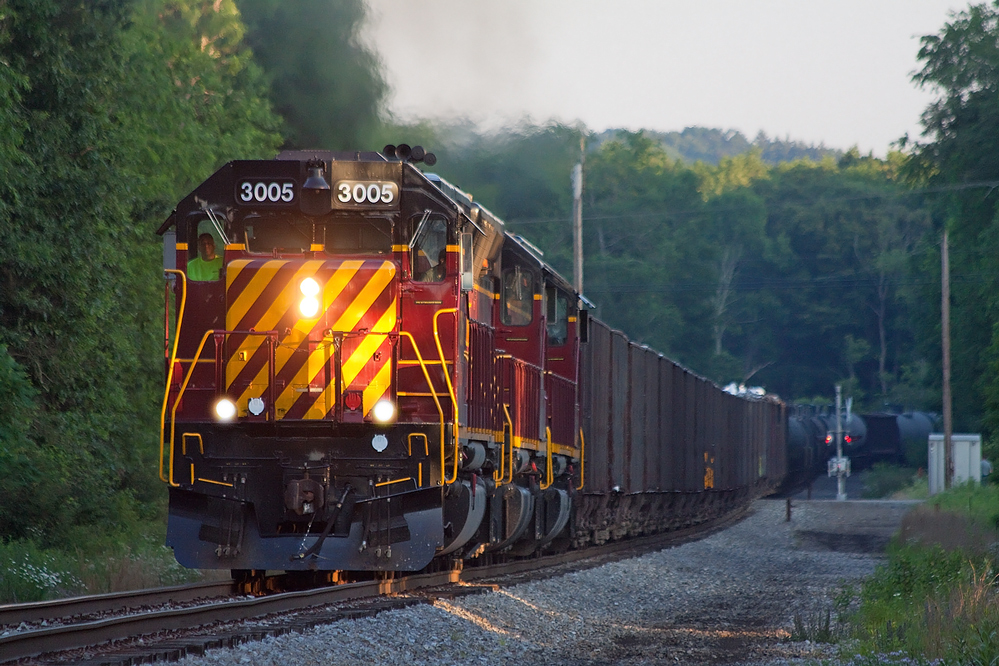Federal Funds Remain Untapped
Pittsburgh stands on the precipice of a transformative opportunity, yet a significant federal loan program remains largely untapped due to bureaucratic hurdles and an outdated framework. The Railroad Rehabilitation and Improvement Financing program, known as RRIF, has $35 billion allocated to bolster vital rail infrastructure, yet the potential for transit-oriented development (TOD) in urban centers like Pittsburgh is stifled by layers of red tape.
RRIF Can Revitalize Urban Spaces
RRIF, established under the Transportation Equity Act for the 21st Century, has evolved through subsequent legislation, including the Fixing America"s Surface Transportation Act. This program is designed not merely as a subsidy, but as a means of empowering public-private partnerships that can bring critical infrastructure projects to fruition. According to the Department of Transportation, projects within half a mile of intercity train stations qualify for financial assistance under RRIF, including significant developments in Downtown Pittsburgh.

Senate confirms Pete Buttigieg as transportation secretary
Pittsburgh"s Urban Development Needs Support
Currently, the Gulf Tower conversion project, aiming to transform a historic building into a 126-room hotel and 225 apartments, highlights the potential of RRIF. However, despite the project"s $230 million price tag, financing remains a bottleneck. Rugby Realty’s president, Aaron Stauber, has voiced the urgent need for reforms to this program, emphasizing how the cumbersome application process and the $1 million nonrefundable fee deter developers from leveraging RRIF effectively. This is a quintessential example of how good intentions can be thwarted by ineffective execution.
Streamlined Processes Are Essential
In August 2024, the Biden administration attempted to cut the closing process to under a year and exempted certain office conversions from the National Environmental Policy Act (NEPA) review. While this is a step forward, it is still insufficient to unlock the full potential of RRIF. As reported by the Urban Redevelopment Authority, the need for rapid urban development in Pittsburgh is more pressing than ever, particularly in the context of climate resilience and housing equity.

RRIF Express | Build America
Public-Private Partnerships Must Flourish
RRIF stands out as a model of fiscal responsibility, ensuring that taxpayer dollars are not merely given away but invested with a promise of returns. One analysis suggested that investments through RRIF could yield 2.5 times their value back to the federal government in interest and taxes, a statistic that should excite both policymakers and residents alike. This program could serve as a lifeline for Pittsburgh, where the need for sustainable urban development and affordable housing is dire, especially in historically marginalized communities.
Yet, the reality remains that the Trump administration"s hesitance to embrace federal investment as a means of revitalization has the potential to stall progress. The RRIF program is not only about improving rail infrastructure; it encapsulates the broader vision of integrating transportation with community development. By prioritizing transit-oriented development, we can create vibrant neighborhoods accessible to all, particularly those who have historically been sidelined in urban planning discussions.
Pittsburgh"s urban core is ripe for development. With an Amtrak station at its center, the Golden Triangle area could see a renaissance driven by responsible investment and innovative partnerships. The roadmap is clear: streamline RRIF processes, encourage private investment, and focus on transit-oriented development to reshape Pittsburgh’s future. The question remains whether policymakers will seize this moment.






![[Video] Trump clarifies warning on Venezuelan airspace, denies imminent airstrike](/_next/image?url=%2Fapi%2Fimage%2Fthumbnails%2Fthumbnail-1764541870318-vgpub6-thumbnail.jpg&w=3840&q=75)
![[Video] Trump suggests U.S. asylum process will be paused for a long time](/_next/image?url=%2Fapi%2Fimage%2Fthumbnails%2Fthumbnail-1764541860292-f1xogn-thumbnail.jpg&w=3840&q=75)
![[Video] Trump stands by claim calling Tim Walz retarded, says 'something wrong with him'](/_next/image?url=%2Fapi%2Fimage%2Fthumbnails%2Fthumbnail-1764541845961-tiqt07-thumbnail.jpg&w=3840&q=75)